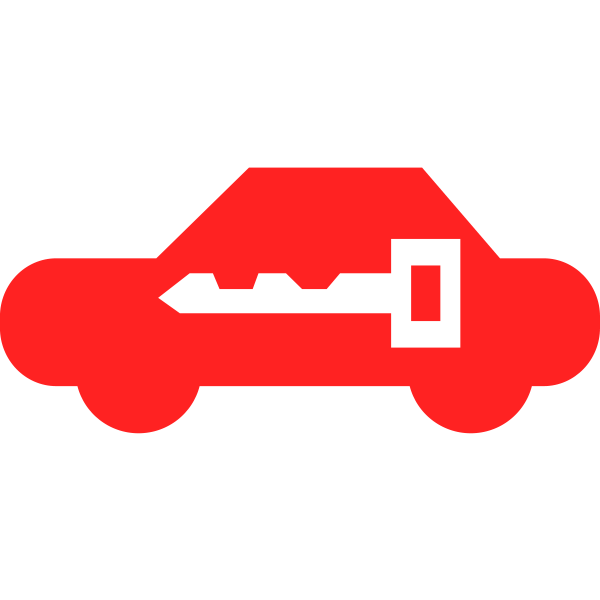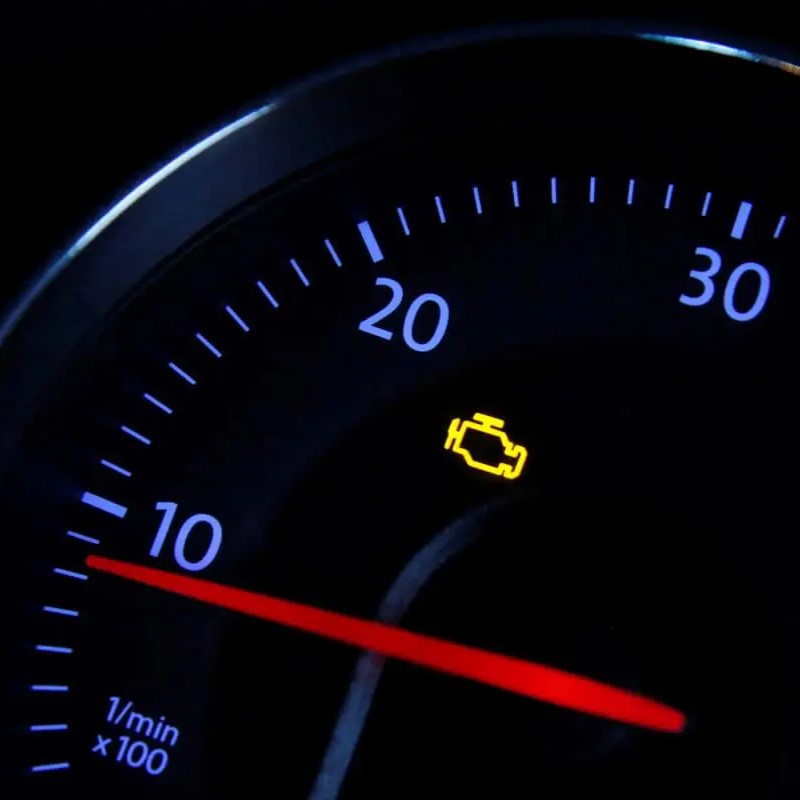A sputtering engine and the dreaded silence of a stalled car at a red light can be a nerve-wracking experience. But fear not, stranded drivers! This article will equip you with the knowledge to diagnose the potential culprits and get you back on the road safely.
First, stay calm and assess the situation. Turn on your hazard lights to alert other drivers and put your car in park (for automatics) or neutral (for manuals) with the emergency parking brake engaged. If possible, try to steer your car to the side of the road to avoid blocking traffic.
Why Does My Car Stall at Stops?
There are several reasons why your car might stall while idling, particularly at red lights. Let’s delve into the most common ones:
-
Fuel Delivery Issues: Your car’s engine needs a steady stream of fuel to keep running. A clogged fuel filter, malfunctioning fuel pump, or dirty fuel injectors can disrupt this flow, causing a stall. Symptoms like hesitation while accelerating or jerking motions can point towards fuel delivery problems.
-
Ignition System Troubles: The spark plugs ignite the air-fuel mixture in the engine cylinders. Worn-out spark plugs, faulty ignition coils, or a bad crankshaft position sensor can disrupt the spark, leading to a stall. Engine sputtering or difficulty starting the car after a stall are potential signs of ignition system issues.
-
Sensor Malfunctions: Modern cars rely on a network of sensors to monitor engine performance. A faulty Mass Air Flow (MAF) sensor, for instance, might send incorrect signals about the air entering the engine, causing a lean (too much air) or rich (too much fuel) mixture that can lead to stalling.
-
Idle Air Control (IAC) Valve Problems: The IAC valve regulates the engine’s idle speed by controlling airflow. A dirty or malfunctioning IAC valve can cause the engine to idle erratically or stall altogether.
-
Vacuum Leaks: Vacuum leaks allow unmetered air to enter the engine, disrupting the air-fuel mixture. This can cause stalling, rough idling, and decreased engine performance. Hissing noises under the hood might indicate a vacuum leak.
-
Dirty Air Filter: A clogged air filter restricts airflow to the engine, affecting the air-fuel mixture and potentially leading to stalling. Regular air filter replacement is crucial for optimal engine performance.

Troubleshooting Your Stalling Car
While a definitive diagnosis might require a mechanic’s expertise, here are some initial steps you can take:
-
Check the Basics: Before diving deeper, ensure you have enough gas and that the battery terminals are clean and secure. A loose battery connection can disrupt electrical signals to the engine.
-
Listen for Clues: Pay attention to any unusual sounds your car makes before stalling. Hissing noises could indicate a vacuum leak, while sputtering might point towards ignition problems.
-
Review Recent Maintenance: Have you recently replaced spark plugs or the air filter? Improper installation or using incorrect parts can cause stalling issues.

Ignition system maintenance
Your car’s ignition system plays a critical role in its performance. It’s responsible for creating the spark that ignites the air-fuel mixture in the engine cylinders, causing combustion and propelling your vehicle forward. To ensure smooth operation and prevent frustrating stalls, proper ignition system maintenance is crucial.
Components of an Ignition System:
The key players in an ignition system include:
- Spark Plugs: These generate the all-important spark that ignites the fuel. They have a lifespan and need to be replaced periodically based on your car’s manufacturer recommendations.
- Ignition Coils: These coils transform the car’s battery voltage into the high voltage needed to create a spark at the plugs.
- Spark Plug Wires: These insulated cables conduct the high voltage from the coil to the spark plugs.
- Crankshaft Position Sensor (CKP Sensor): This sensor determines the position of the crankshaft and transmits this information to the engine computer, ensuring proper spark timing.
- Distributor (in older vehicles): This component (along with the rotor arm and distributor cap) distributes the high voltage to the individual spark plugs in older engines. Modern vehicles typically use coil-on-plug systems that eliminate the distributor.
Maintenance Tips:
Here are some key practices for maintaining your ignition system:
- Regular Spark Plug Replacement: Refer to your owner’s manual for the recommended replacement interval for your specific car. Worn-out spark plugs can cause difficulty starting, rough idling, and decreased fuel efficiency.
- Visual Inspection: During regular maintenance checks, visually inspect spark plug wires for cracks or damage. Look for signs of corrosion on the connection points as well.
- Cleaning Spark Plug Connections: Clean any dirt or debris from the spark plug connections to ensure proper contact.
- Follow Manufacturer Recommendations: When replacing spark plugs and other ignition system components, choose parts recommended by your car’s manufacturer or a reputable aftermarket brand.
Warning Signs of Ignition System Trouble:
Several signs can indicate problems with your ignition system:
- Engine Stalling: This is a common symptom of failing spark plugs, faulty ignition coils, or a malfunctioning crankshaft position sensor.
- Difficulty Starting: Struggles to crank or start the engine can point towards weak spark plugs or issues with the ignition coil.
- Engine Misfires: A jerky feeling while driving or a lack of smooth acceleration can indicate misfiring cylinders due to faulty spark plugs or ignition system problems.
- Reduced Fuel Economy: A failing ignition system can decrease fuel efficiency as the engine struggles to burn fuel efficiently.
Professional Help:
If you suspect problems with your ignition system, it’s best to consult a qualified mechanic. They have the expertise and diagnostic tools to pinpoint the exact issue and recommend the necessary repairs or replacements.
By maintaining your ignition system and addressing any issues promptly, you can ensure optimal engine performance, prevent breakdowns, and extend the lifespan of your vehicle.

Getting Help and Prevention Tips
If these basic checks don’t reveal the culprit, it’s best to call a tow truck and have a qualified mechanic diagnose the problem. Here’s what they might do:
-
Computer Diagnostics: Modern cars store fault codes that can pinpoint the source of the stalling issue.
-
Visual Inspection: Mechanics will visually inspect components like the fuel system, ignition system, and vacuum lines for signs of wear or damage.
-
Cleaning or Replacing Parts: Depending on the diagnosis, the mechanic might clean components like the fuel injectors or IAC valve, or replace faulty parts like spark plugs or sensors.
Preventing car stalls starts with regular maintenance. Here are some key practices:
-
Stick to your car’s recommended maintenance schedule: This includes timely oil changes, spark plug replacements, and air filter changes.
-
Use high-quality fuel: Contaminated or low-grade fuel can disrupt engine performance.
-
Address warning lights promptly: Don’t ignore dashboard warning lights, especially those related to the engine or check engine light.
-
Listen to your car: Unusual noises or changes in performance can be early signs of trouble.
By understanding the potential causes of a stalling car and taking preventive measures, you can minimize the risk of getting stranded at a red light. Remember, if the problem persists, don’t hesitate to seek professional help from a trusted mechanic.







